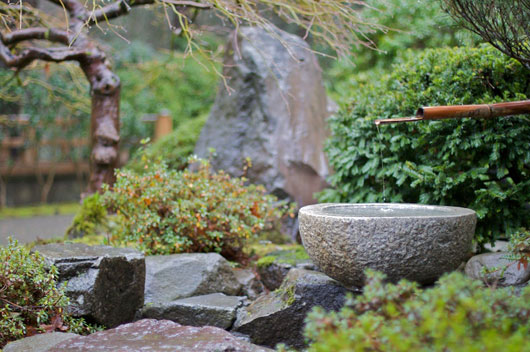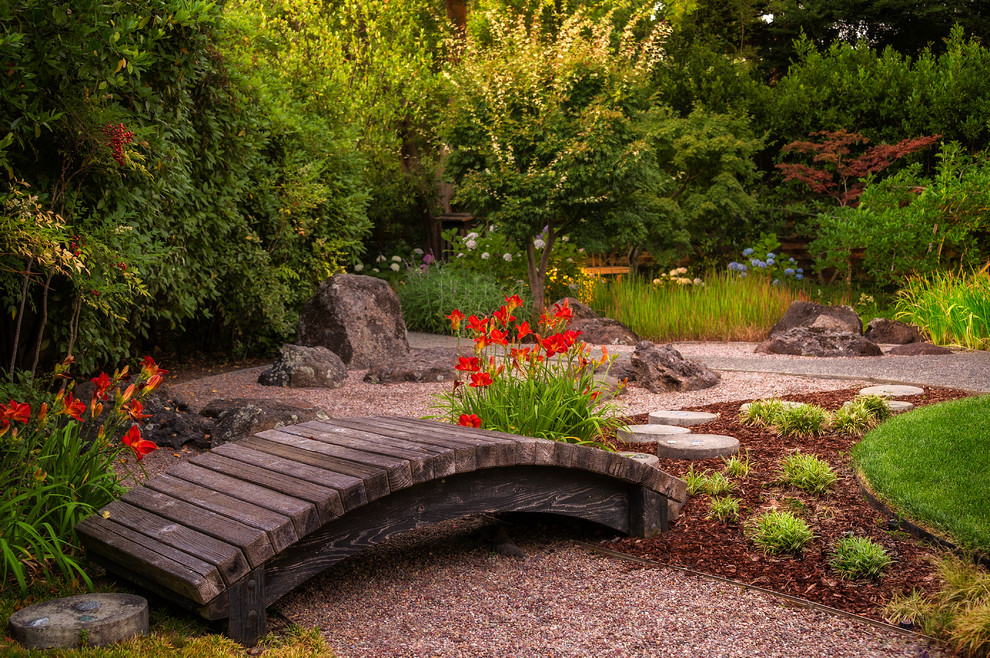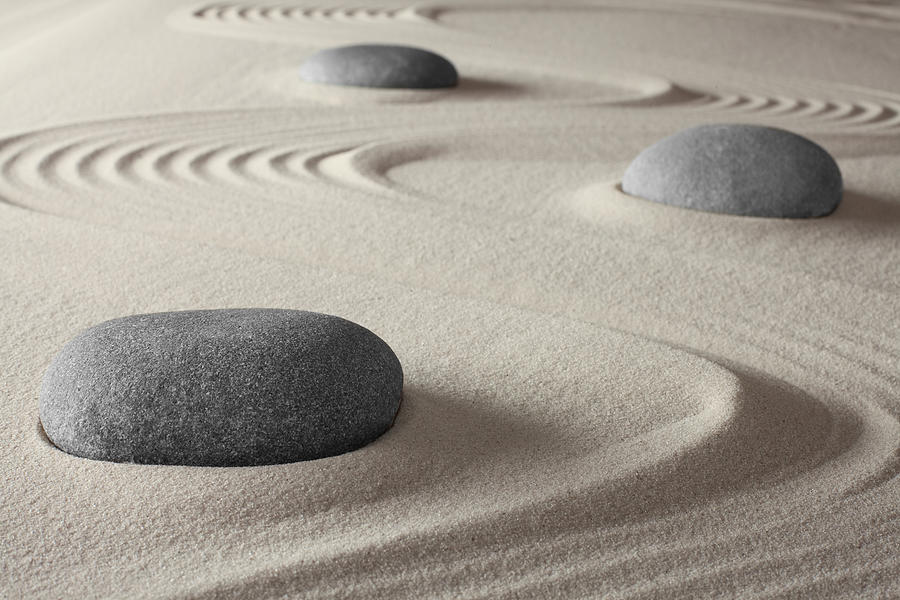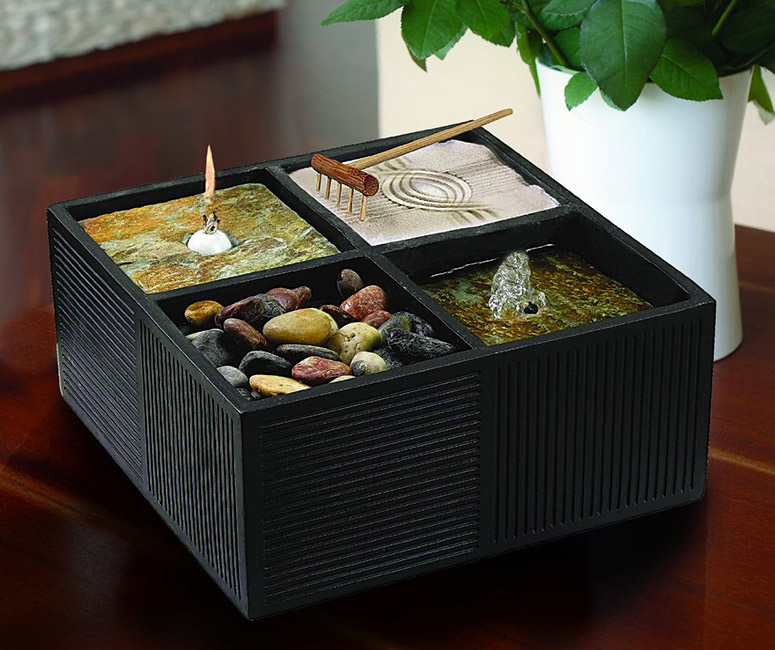There is nothing more mind and body relaxing than spending some time in a Zen garden. Unlike what many people think, Zen gardens are not the artistic creations of expert designers. On the contrary, you can now have your own peaceful refuge and add variety to a green landscape that infuses serenity and calm.
Japanese gardens weren’t always just pretty landscapes. Back in the day, they were exclusive sanctuaries where Japan’s elite could escape the chaos of war and find some inner peace. But as time went on, these gardens became more than just serene spots—they became a way of life.
They earned a special place in Japanese culture, embodying tranquillity and harmony with nature. No wonder they quickly became an oasis to the Western stressful lifestyles and places that provided a chance to unwind and find inspiration.
The Basics of a Zen Garden

There are two types of Zen gardens, a rock garden and a moss garden. The first one offers an element of sand, and you will find no water element in it, as it is specifically designed to depict a mountainous scene running across a river. The river is symbolized by sand gravel raked into a particular pattern, and the mountains are reflected in the rocks carefully placed on the sand.
On the other hand, the moss garden is very popular in rainy and humid climates. Contrary to what you may think, moss doesn’t require much water to flourish, which is why you can easily incorporate it into your personalized Zen garden.
What is distinguishing among moss gardens is that they establish a balanced and soft feel as a means to soothe and comfort a burdened body and mind.
TIP: Creating a Zen garden is all about finding your inner peace. Whether you opt for a moss garden, a rock garden, or even a tranquil pond, the key is to make sure it speaks to you. It’s about cultivating that sense of calm and serenity. Stay true to the essence of Zen culture as you design your space.

When people think of Zen gardens, they often picture scenes straight out of Chinese culture—think bridges over babbling brooks and vibrant red flowers dangling from above. But here’s the thing: traditional Japanese gardens take a different approach. Instead of flashy colours, you’ll find a soothing palette of greens.
And there’s a good reason for that. The whole point of a Zen garden is to guide you on your path to inner peace. Bright, flashy flowers? They’re just distractions on your journey to finding that Zen state of mind.
So, you can have colourful flowers and plants, just not too bright. Moreover, flowers should highlight the prevailing greens of the garden, not overshadow them. Always remember: Everything in a Zen garden is a symbol, and every little bit and piece of the garden is meant to serve a purpose towards creating Zen.
Simplicity is the Key
When creating a Zen garden, you are not seeking the best, most glamorous, and biggest. A Zen garden is a testament to purpose and simplicity. Therefore, keep it simple and not too big. That’s the only way to achieve your goal. How to do that?

Start by using materials that promote simplicity and boost the garden’s meaningful design, like a bamboo fence to act as your garden’s perimeter. In addition, you can incorporate small, winding stone pathways going past concrete icons or statues that speak to your Zen’s goal.
The fact that you are creating a winding stone path in your garden shows, according to Japanese beliefs, that you are respecting your past while anticipating what the future has for you at the same time. A noble way to look at life indeed.
As previously mentioned, there is no reason to have lots of different flowers in the garden. It’s best to stick with just a couple of crawling or mossy plants to keep the lines of the garden simple and save yourself from maintenance issues.
Look at it from another angle; if your mind wanders in a space bursting with plant life, it won’t be able to unclutter easily. In a Zen garden crafted with simplicity of design in mind, things are much easier for you to relax and seek balance and peace.
Let’s craft a Zen garden to place on your desk, shall we?
Step-by-Step Process:
1. Decide the dimensions of your Zen garden, based on the space available.
2. Create a mold that will accommodate the gravel and/or sand that will also keep your garden looking sharp.
3. For a large Zen garden, you can use 2 x 4 (inches) pieces of oil railroad tiles, lumber, or any other wood. For a desktop garden just cut enough wood to make a container.
4. Glue/Screw/Nail your form together.
5. Varnish or paint the wood to decorate it.

6. Place black plastic (or any other weed retainer) before setting the mold. Keep in mind that cleanliness is one of the characteristic features that make Zen gardens so appealing, so keeping weeds away from the garden is a huge must.
7. Fill with gravel or sand and spread evenly. Note: You can get sand for small desktop gardens at an aquarium supply store or a pet shop; larger outdoor Zen gardens can be filled with gravel or sand from a local rock shop, landscaping supply company, or quarry.
8. Set a visually stimulating theme by placing the features you have selected in the garden. You can also use mossy logs with impressive textures, colors, or shapes, among others. Generally, Zen gardens include natural items made of vegetation, rock, and wood. However, you may also add statues or anything else you feel relaxed by. Remember: A Zen garden is meant to inspire serenity and be simple and peaceful, not clutter.
9. Place the selected items off-center and submerge them a bit to get superb results.
10. Rake the gravel or sand in long, curving strokes that will be your water ripples representations. Use your imagination to create patterns of your likes to accentuate your Zen garden! After all, if you don’t like them or want something else, you can always re-do the patterns!
Don’t feel frustrated if you don’t do this work of art right from the first time. Stay focused on your goal, and your personal Zen refuge will bring you the peace of mind you are looking for.
